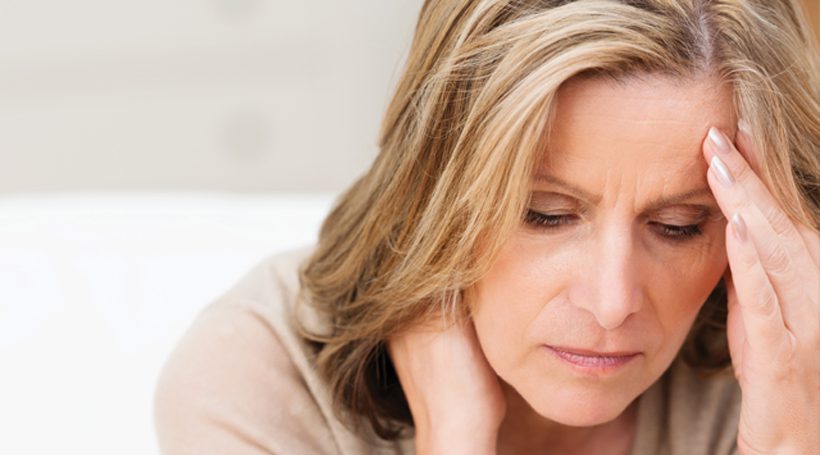You’re probably keenly aware of the serious – and deadly – opioid crisis that is affecting every corner of the country. And that awareness is good. But for some people who suffer with chronic pain, fear of opioids is keeping them from visiting a doctor. And that is not good – and not necessary.
“You can’t turn on the news without seeing the opioid crisis,” says Matthew Lesneski, MD, a pain management physician with Mount Laurel-based Reclaim Ability Pain Services. “People think that’s what the majority of pain management is, and it’s a disservice to patients. They don’t come in to see a pain doctor because they’re afraid of being prescribed opioids.”
But in reality, Lesneski explains, there’s a large variety of different procedures and medications available. Depending on the cause of pain, patients can try anti-inflammatory, nerve or muscle medication, steroid injections, minimally invasive surgeries, spinal cord stimulation procedures – the list goes on and on, and the procedures and medications are constantly evolving with new studies and technology.
And, of course, one newer treatment has been steadily gaining more attention than the rest: medical marijuana. New Jersey is one of 33 states that has legalized the treatment that is often met with skepticism, even though physicians and patients say it offers pain relief with little side effects. But because the public’s preconceived notions have created a stigma about using marijuana as a medicine, many patients are hesitant to try it.

Matthew Lesneski, MD
“The only way the stigma will go away is if we treat it as medicine and start to study it more to create more targeted uses,” says Lesneski, who is licensed to prescribe medical marijuana.
When it launched in 2010, the state’s medical marijuana program was more limited in scope. In the past two years, it has been expanded to treat a wider range of conditions. Patients are also allowed now to use different forms of the plant, like creams, pills and oils, in addition to smoking it.
As studies continue to uncover the medical uses of marijuana and more people benefit from it, Lesneski has noticed more patients and doctors willing to give it a try. In his own practice, he has seen many of his patients are now able to manage their pain since using marijuana.
“I’ve seen drastic changes in patients ability to function, sleep and manage their pain, and all without pharmaceutical damage,” he says.
Doctors still prescribe opioids, and there are some patients who can tolerate a low-dose opioid, but those patients are monitored carefully. But today more and more physicians avoid writing the prescription, both for the safety of their patients and their practice. If a patient is found to be misusing prescription opioids, either themselves or by selling them to someone else, the prescribing doctor’s license could be in jeopardy.
But medication isn’t always enough: Chronic pain treatment also requires significant lifestyle changes. Your general health is a vital component of how well you feel. Doctors often urge patients to follow anti-inflammatory diets, which reduce irritation in the body by replacing sugary, processed foods with more nutrient-dense often plant-based options, and to exercise regularly.
There is also a critical psychological component to chronic pain. Patients experience a high rate of depression and suicide, according to the National Institutes of Health.

Steven Kirshner, MD
“It’s different than regular pain,” says Steven Kirshner, MD, of Marlton’s Kirshner Spine Institute. “Chronic pain has no endpoint. If you were in the worst pain of your life, but you knew exactly when it would end, you’d be able to handle it. When you’re in pain and you know it might last for the rest of your life, that’s really scary.”
Many chronic pain sufferers don’t fully understand what’s going on with their bodies, explains Kirshner. Often, they don’t realize just how much of a toll the pain has taken on them. “Even if, on a scale from one to 10, your pain is a one or two,” he says, “you should still get it checked out.”
Lesneski also says that family and friends are key for a person living with chronic pain. “When you’re in pain, it can be really isolating, and you need support,” he says. “Friends and family can make a difference.”
He suggests accompanying your loved one to doctors’ visits, being there for them emotionally and encouraging them to make healthier choices.
Adding to the confusion about pain and how to alleviate it, chronic pain does not have just one cause, and it does not have just one treatment.
“If you’re in pain, go see a doctor,” Lesneski says. “Get a consultation. Get options.”














